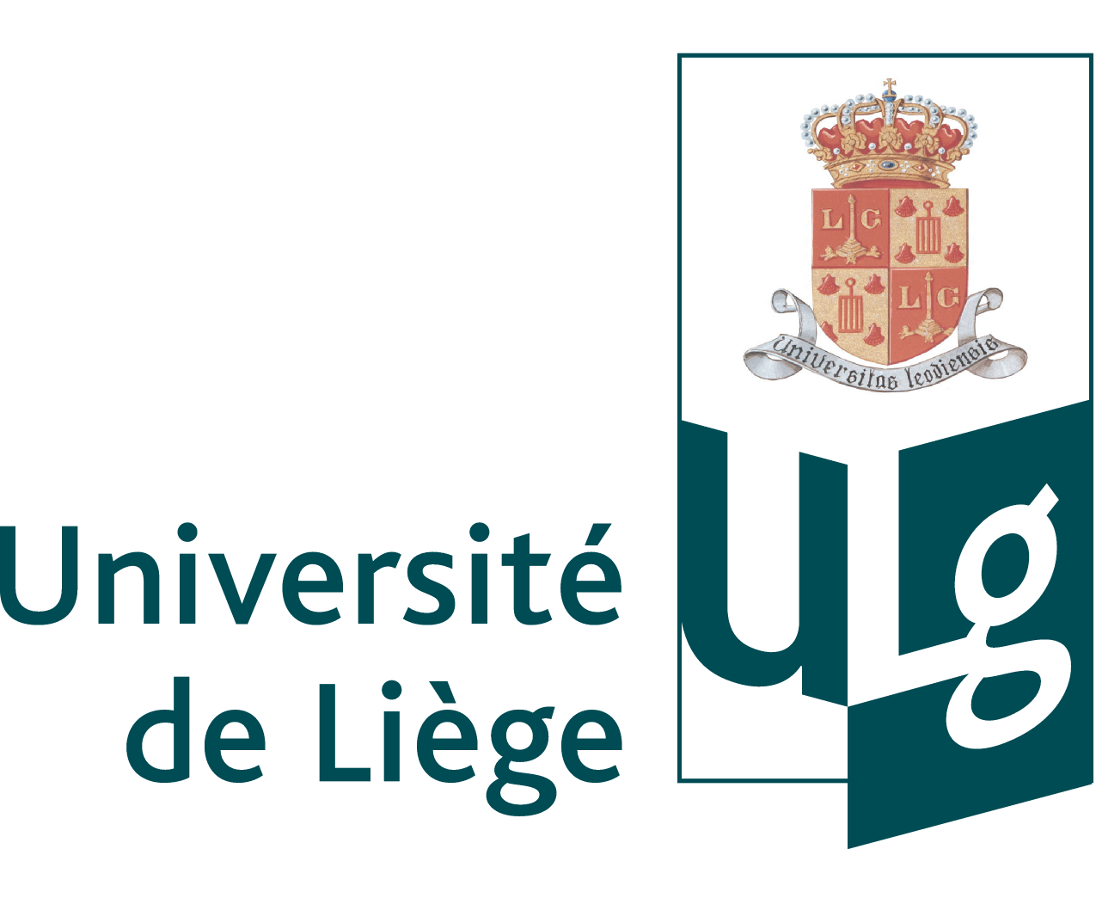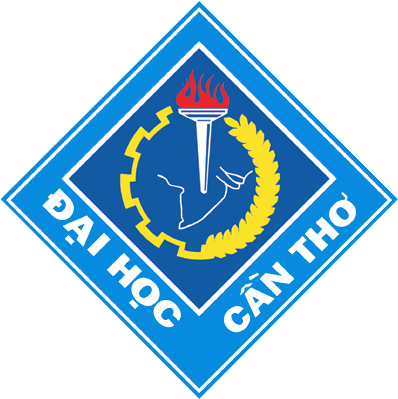Result 2: Effects of plant extracts on the sanitary and nutritional quality of fish flesh are evaluated.
Activity R2-A1: Study of protection against fatty acid oxidation in feed/fish flesh
PR: ULG-DDA
PI: CTU-CAF & CTU-CNS
Timing: Month 25-36
Description: The fatty acid composition of the feed as well as fish flesh will be determined for both target fish species using a GC-MS technique already available in CTU-CAF. Fish contain large amounts of polyunsaturated fatty acids, very sensitive to oxidation. The effects of plant extracts on fatty acid stability will be checked by comparing the primary (colorimetric method) and secondary (LC-MS method) oxidation products in control feed (without addition of plant extracts) and fish fed with control feed, and in feed containing plant extracts of interest and fish fed with this feed.
Activity R2-A2: Study of inhibition of protein degradation
PR: ULG-DDA
PI: CTU-CAF & CTU-CNS
Timing: Month 25-42
Description: At the post-harvest stage, some spoilage bacteria of fish are able to produce decarboxylase enzymes which will convert amino acids from the proteins of fish muscle into biogenic amines. Some biogenic amines are toxic for the consumer, such as histamine or tyramine. Other biogenic amines are responsible of negative flavors. Biogenic amines will be determined by UPLC-FLD in control and plant extracts treated fish, in order to determine the effect of the tested plant extract on the inhibition of protein degradation. The results obtained on fish tissue will be compared with in vitro results from R1-A6.
Activity R2-A3: Study of inhibition of pathogen and spoilage bacteria at the post-harvest stage
PR: ULG-DDA
PI: CTU-CAF & CTU-CNS
Timing: Month 31-54
Description: The bacterial content of control and plant extract treated fish will be compared during fish storage, according to field conditions of the Vietnamese market for both target fish species, in order to determine (or confirm, when comparing with in vitro results of R2-A1) the efficacy of plant extracts to inhibit spoilage and pathogen bacteriadevelopment in fish during storage, at the post-harvest stage. If possible with the budget, the bacterial pattern of control and treated fish will be determined using metagenomic techniques. Otherwise, classical food microbiological methods will be used.
Activity R2-A4: Synthesis of results and conclusions for R2 (including results of R1-A6)
PR: ULG-DDA
PI: CTU-CAF & CTU-CNS
Timing: Month 31-54
Description: This activity will consist on disseminating specific results to users. For plant extract producers and fish feed producers, the results from R1-A6 and R2 will be grouped in a document presenting, for each plant extract, the expected improvement : fight against specified bacterial diseases (from R1-A6),improvement of nutritional quality (fatty acid and protein composition, from R2-A1 et R2-A2), reduction of formation of toxic compounds coming from fatty acids and protein degradation (from R2-A1 et R2-A2), improvement of storage without increasing spoilage bacteria contamination. For fish farmers, this document will be transposed in simplified supports ("folders"), written in Vietnamese.




